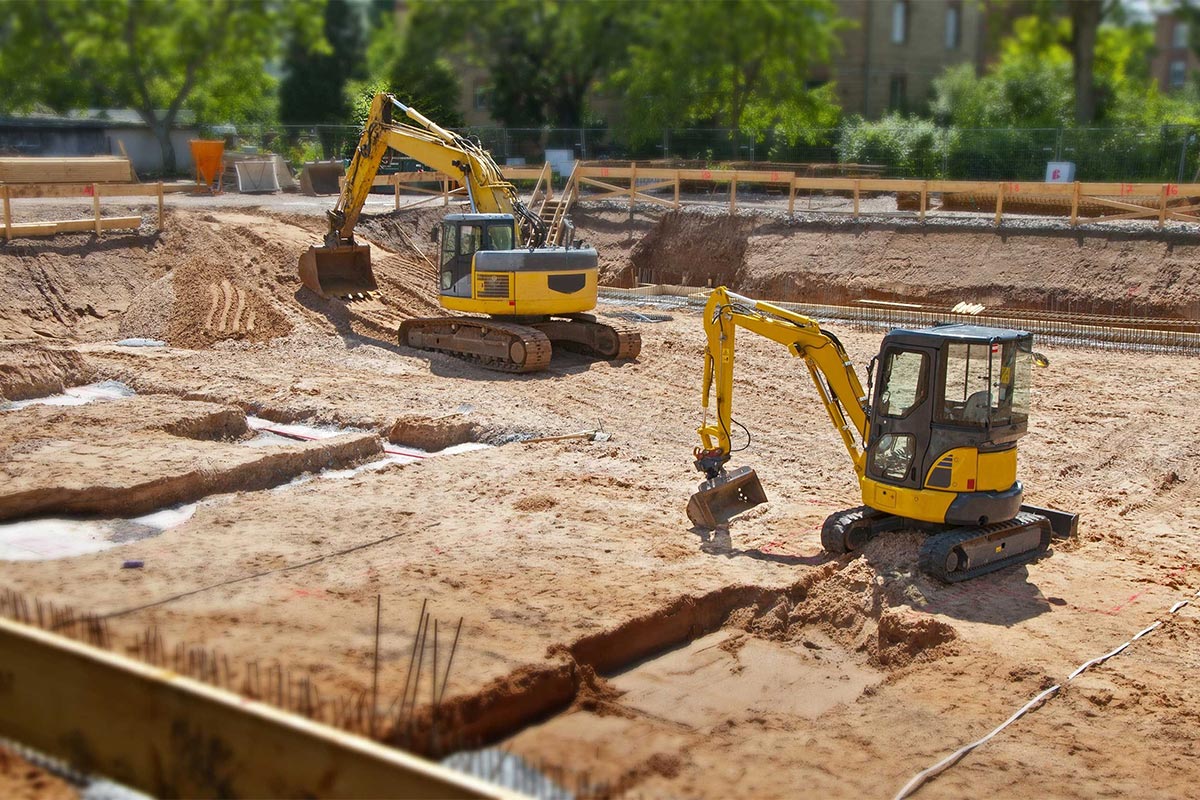There are a lot of reasons why you can’t just start digging in the ground to build something in the hole. There are seven essential steps to the process you must consider and achieve before you can begin digging.
1.Permits and Equipment
Local and state laws require you to obtain a building permit before anything can happen. These can be obtained, usually, via the local city hall. You must also consider the plant machinery hire. Equipment such as backhoes, shovels and compactors will be needed.
2. Check for Gas and Power Lines
You are required to have a professional come out to your site to check for underground gas and power lines. The local gas and power companies will send someone out to check for and mark the lines with appropriate markers, so you don’t accidentally cut a line. This is something else required by local and state laws.
3.Obtain a Geotechnical Report
A geotechnical engineer prepares this report. It tells you a great deal of valuable information about the ground you want to dig into. You need to know not only what kind of soil you’re working with but also how much and what type of rock is in the soil, among other important things. The report will provide you with all the information you need to make informed decisions about the site’s design.
4. Determine Ground Water Levels
You can’t very well dig where there’s a high water table. Water will seep into the hole you’re digging and undermine your foundation. There are at least two ways to find out what the groundwater levels are, but I’ll mention the easiest way. Dig several holes four feet apart, and make them between 5 and 7 feet deep. If the water table is high, water will begin to seep into a hole while you’re digging it.
5. Cost of Clearing Site
Now, this should be a given considering most sites are going to have some vegetation and debris on it. This can take time to complete depending on the vegetation and any rock you must remove, and that can get costly. Still, you can’t have trees growing in your site, now can you?
6. Determine the Grading of Site
Grading is very important. It determines where the water will flow. Ideally, you want it to flow away from your site and the building you’re planning to put in the hole. While it’s recommended you have a surveyor come out to provide you with precise measurements, you can also figure out a general grade yourself.
If the ground is flat, you measure a 5% slope per 3 meters out from the future building. If the ground isn’t flat, you start measuring from the lowest point of the future building and work out.
7. Determine Level of Compaction Needed
Compaction is how dense you make your soil. This is extremely important to your building’s foundation. How much compaction required is determined by the soil’s composition. If it has a lot of rock, some filler may be needed to help tamp everything down and remove any gaps which could cause the rock to move. If there’s less rock and the soil is crumbly, you may have to add filler to help with soil density. Compacting the soil helps improve shear strength so the building will have a solid foundation.
All of these steps should be taken into consideration during the planning stages of a construction site excavation to avoid delays due to misinformation and bad decisions.


